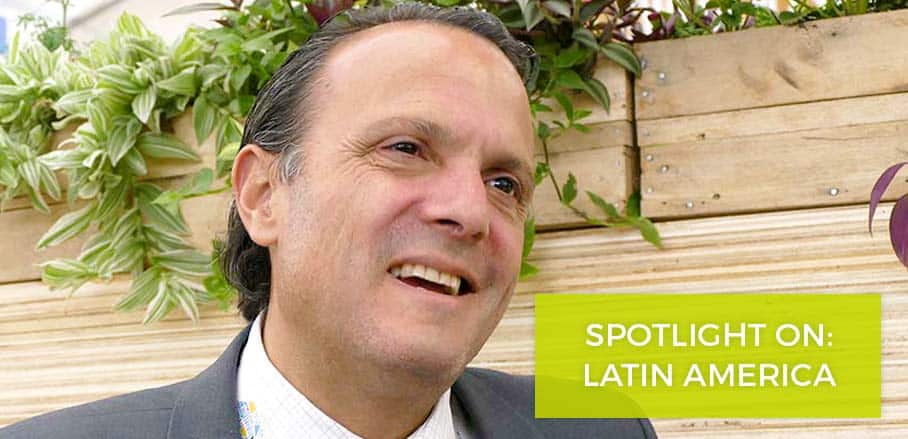“This is a very good moment for change” – Interview with Jorge Wolpert, former Executive Director of Urban Development, Land and Housing in Mexico
Mr Wolpert, what specifically are the challenges that Mexican cities are currently facing?
The most important challenge is making the cities more efficient in every aspect. That means changing the way they are managed, their infrastructure, the use of inter- and intra-urban space, and the way they are built. Another challenge is trying to establish strategies to restore public spaces for citizens, and to create opportunities for lower income citizens to live in an area with decent urban infrastructure. These are the main challenges that we are facing in Mexico.
How are Mexican cities approaching these challenges? Can you give us an example?
Just before Habitat III, congress passed a new law on urban development, which is important because the last update was 40 years ago. There has also been a change of perception on the part of the national government. For example the ministry that I work for, the Ministry of Agricultural, Territorial and Urban Development (SEDATU), was only created three years ago by the current administration. My ministry is concerned with agricultural, territorial and urban development, and as part of our work in these areas we also deal with housing.
What we found was that in order to take appropriate action in terms of urban sustainability, we have to engage with all levels of administration. This does not only include municipalities. Municipalities are very important because they have the necessary instruments to enforce land-use measures in cities, but it is important not to forget intermediate levels of governments, such as state or regional governments. Those play a key role in creating an agenda where the federal government works alongside other levels of government.
In Mexico there is a substantial gap between the urban poor and the urban rich. How do you address the right to the city for everyone?
This is one of our main issues. We are establishing strategies, for example for developing vertical housing units. Another thing we are working on is redeveloping public spaces so that they can be enjoyed and used by everyone, also by lower income families. By using public spaces, people also enforce their right to the city themselves. Thus, one of the main objectives of SEDATU – and therefore of President Peña Nieto – is to enforce the right to the city. This is also an important aspect in the new law that I already mentioned.
Do partnerships exist to exchange experiences among Mexican cities or between Mexican cities and cities from other countries?
There are examples of both. For one, the Mexican government has important partnerships with the government of France, the government of Germany, the government of the United Kingdom. We are using these alliances that we have built over the years to push forward a recent initiative called The Sustainable City Network. Eight cities are currently part of this initiative, and they are working with two levels of government as well as academia and the social sector. In the course of our work we are identifying specific projects that will help these eight cities address the Sustainable Development Goals for cities in a short amount of time.
We have not been able to extend the project to all cities since that would require more investment from the federal government. But if the project is a success, we will actually have a strategy that has proven feasible for the eight pilot cities and can be adopted by others.
What is your impression of the world community’s path towards sustainable development?
I think everybody is as excited as we are in Mexico. This is a very good moment for change. I have heard about approaches in Colombia and Peru with regards to open data and how they use information. Now we have to bring together the New Urban Agenda with the Global Climate Action Agenda. The Paris Agreement entered into force in November 2016, which is almost three years ahead of schedule. This means that we have about 100 billion US dollars a year to invest in projects that will help us mitigate climate change, and cities will be the first places where this should happen.
So we are excited that we might have the financial means for these new initiatives. I also think that people are now not only aware of the importance of sustainability but really want to contribute to it. This is what will make the difference for properly implementing this agenda.
How do you think mayors, local governments and the national government in Mexico will implement the New Urban Agenda?
That is a very difficult question to answer because the implementation stands or falls by cooperation between different levels of government. There are a few indications that point in a positive direction. For instance, I can see how governments at different levels are realising that implementing the New Urban Agenda will get them a good reputation and access to finance. And if examples of the networks we talked about turn out to be successful and people can clearly see that they are making a difference, word is going to spread quickly that the implementation of the New Urban Agenda works to everyone’s advantage.
